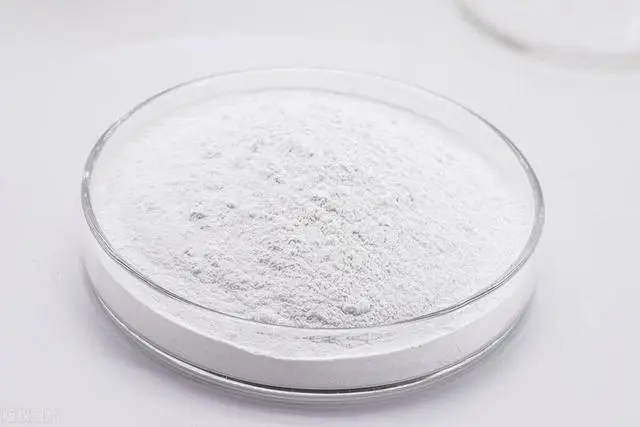Messi Biology said that the filtration performance of ultrafine magnesium hydroxide gel has been the key problem restricting the production of magnesium hydroxide. In this paper, the filtration performance of ultrafine magnesium hydroxide gel was improved by flocculation of ultrafine magnesium hydroxide gel with polyacrylamide, and the effect of flocculation treatment on the washing performance of magnesium hydroxide gel was investigated.

The results showed that the addition of polyacrylamide solution with a characteristic viscosity of 14.67 dL/g into ultrafine magnesium hydroxide gel could significantly improve the filtration performance of the slurry, and its optimal addition amount was 0.25% of the volume of magnesium hydroxide slurry, and it could also improve the effect of removing sodium ions in the washing of magnesium hydroxide slurry.
Magnesium hydroxide is an important chemical raw material, in the flame retardant, acidic wastewater neutralization, flue gas desulfurization has an important application, especially as a flame retardant with smoke-free halogen-free and other environmentally friendly properties and the function of filler, highly valued by researchers and producers. However, in the process of chemical preparation of magnesium hydroxide, on the one hand, due to the application of performance requirements need to produce ultra-fine magnesium hydroxide, on the other hand, due to the generation of magnesium hydroxide particles are extremely fine, the formation of a sol-gel system, so that the filtration and washing of the gel becomes very difficult. This problem is one of the main constraints on the large-scale production of magnesium hydroxide. The solution to this problem is to increase the particle size of magnesium hydroxide particles by hydrothermal synthesis or to destabilize the sol-gel system through the addition of flocculants to increase the settling speed of magnesium hydroxide particles. In this paper, the use of polyacrylamide flocculant to improve the filtration performance of magnesium hydroxide gel was experimentally studied.
